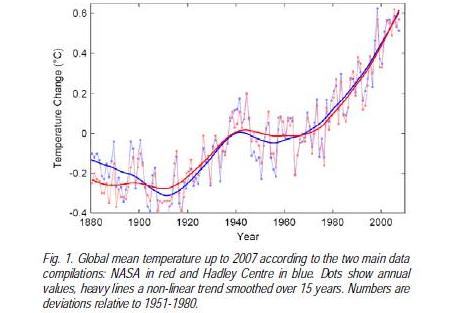We keep finding all these exoplanets. Our detection methods still only pick out the bigger ones, but we’re getting better at this all the time. One day in the not-too-distant future it is conceivable that we will find one with a surface gravity in the 1G range – orbiting its star in, what we anthropomorphically call, the Goldilocks zone where water can exist in liquid phase.
So let’s say we find such a planet and then direct all our SETI gear towards it. We start detecting faint morse-code like beeps – inscrutable, but clearly of artificial origin. Knowing us, we’ll send out a probe. Knowing us, there will be a letter campaign demanding that we adhere to the Prime Directive and consequently this deep space probe will include some newly developed cloaking technology, so that it will arrive at the Goldilocks planet invisible and undetectable.
The probe takes quite a while to get there and, in transit, receives indications that the alien civilization is steadily advancing its technology as black and white sitcoms start coming through – and as all that is relayed back to us we are able to begin translating their communications into a range of ‘dialects’.
By the time the probe has arrived and settles into an invisible orbit, it’s apparent a problem is emerging on the planet. Many of its inhabitants have begun expressing concern that their advancing technology is beginning to have planetary effects, with respect to land clearing and atmospheric carbon loading.
From our distant and detached viewpoint we are able to see that anyone on the planet who thinks they live in a stable and unchanging environment just isn’t paying attention. There was a volcano just the other week and their geologists keep finding ancient impact craters which have revised whole ecosystems in their planet’s past.
It becomes apparent that the planet’s inhabitants are too close the issues to be able to make a dispassionate assessment about what’s happening – or what to do about it. They are right that their technological advancement has bumped up the CO2 levels from 280ppm to over 380ppm within only 150 years – and to a level much higher than anything detectable in their ice core data, which goes back half a million years. But that’s about where the definitive data ends.

Advocates for change draw graphs showing temperatures are rising, while conservatives argue this is just cherry-picking data from narrow time periods. After all, a brief rise might be lost in the background noise of a longer monitoring period – and just how reliable is 150 year old data anyway? Other more pragmatic individuals point to the benefits gained from their advanced technology, noting that you have to break a few eggs to make an omelet (or at least the equivalent alien cuisine).
Back on Earth our future selves smile wryly, having seen it all before. As well as interstellar probes and cloaking devices, we have developed a reliable form of Asimovian psychohistory. With this, it’s easy enough to calculate that the statistical probability of a global population adopting a coordinated risk management strategy in the absence of definitive, face-slapping evidence of an approaching calamity is exactly (datum removed to prevent corrupting the timeline).

